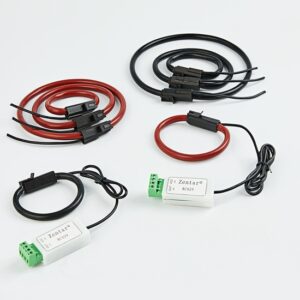How to DIY your home energy monitor with ZENTAR CT?
1.What you need to buy?
Split core current transformer from Zentar(CT313@100A)
Mircocontroller
Display
Resistors
Capacitors
Protoboards
Headphone jacks
2.Design a case by one-time 3D printer
3.Design a system to ingest data from energy monitors
4.Archiving data
5.Calculate the consumption in total
6.Arduino sofeware
7.Install current transformer
8.Expose data
9.Develop app
10.Read the datas and enjoy by yourself



